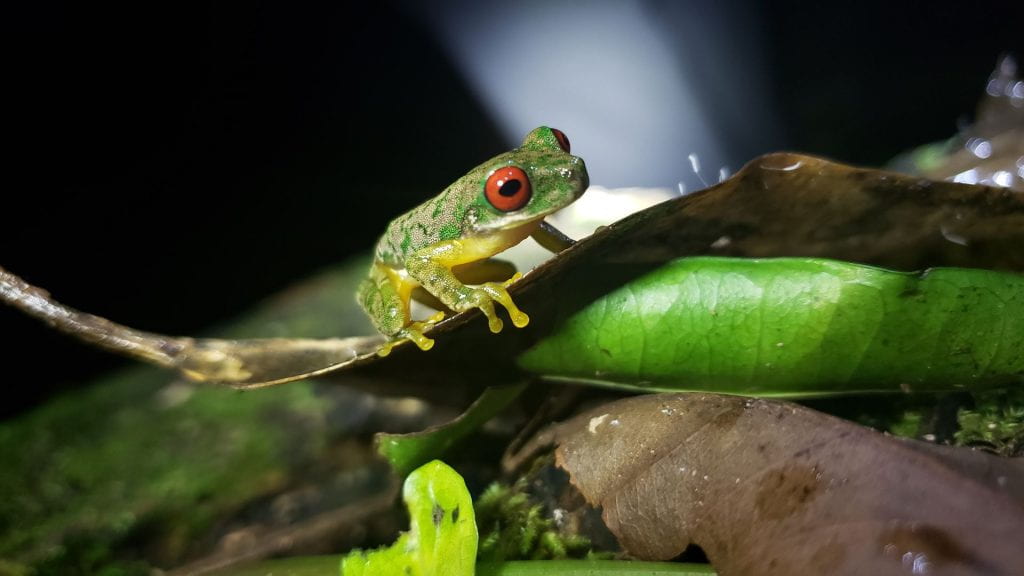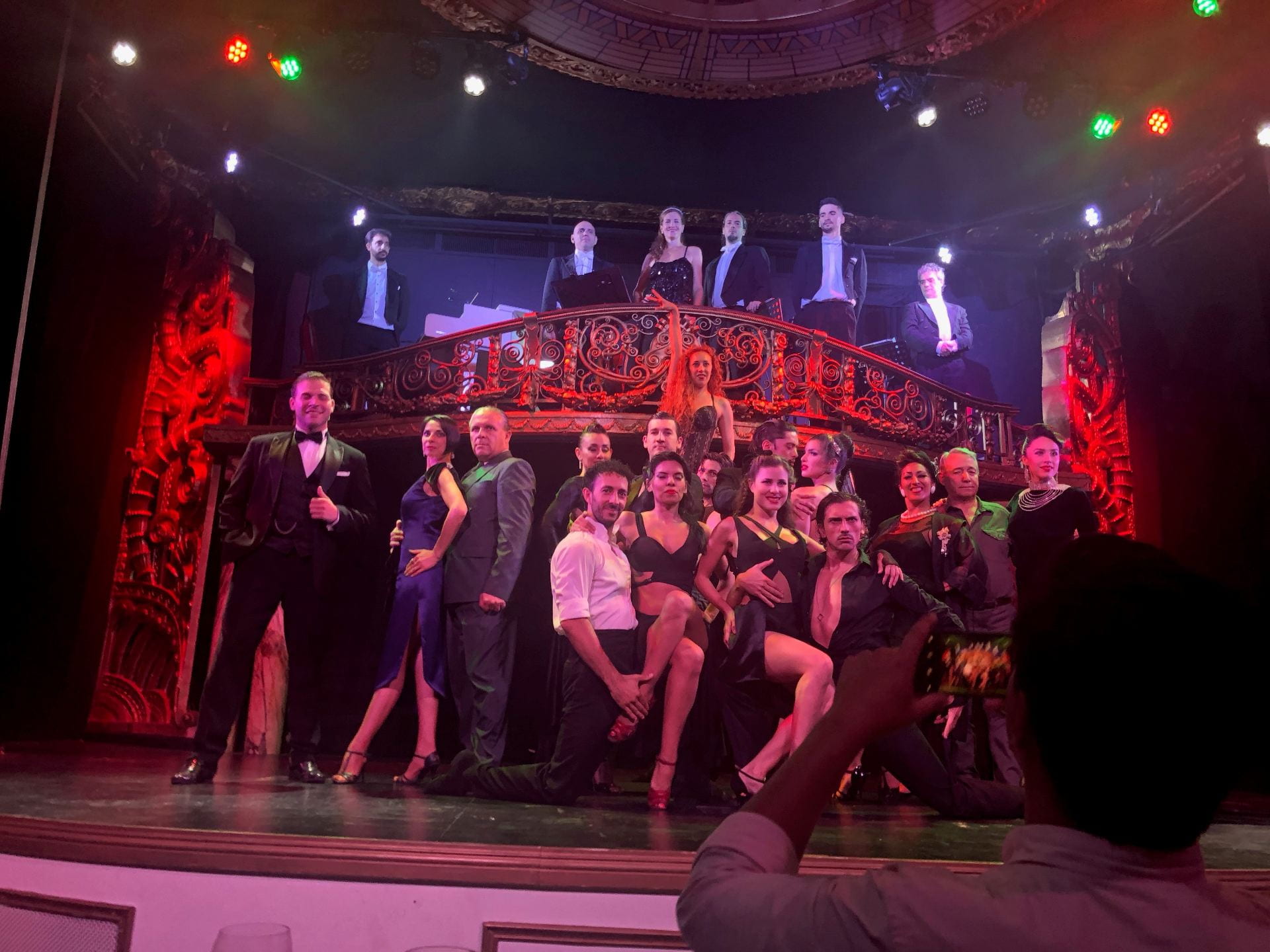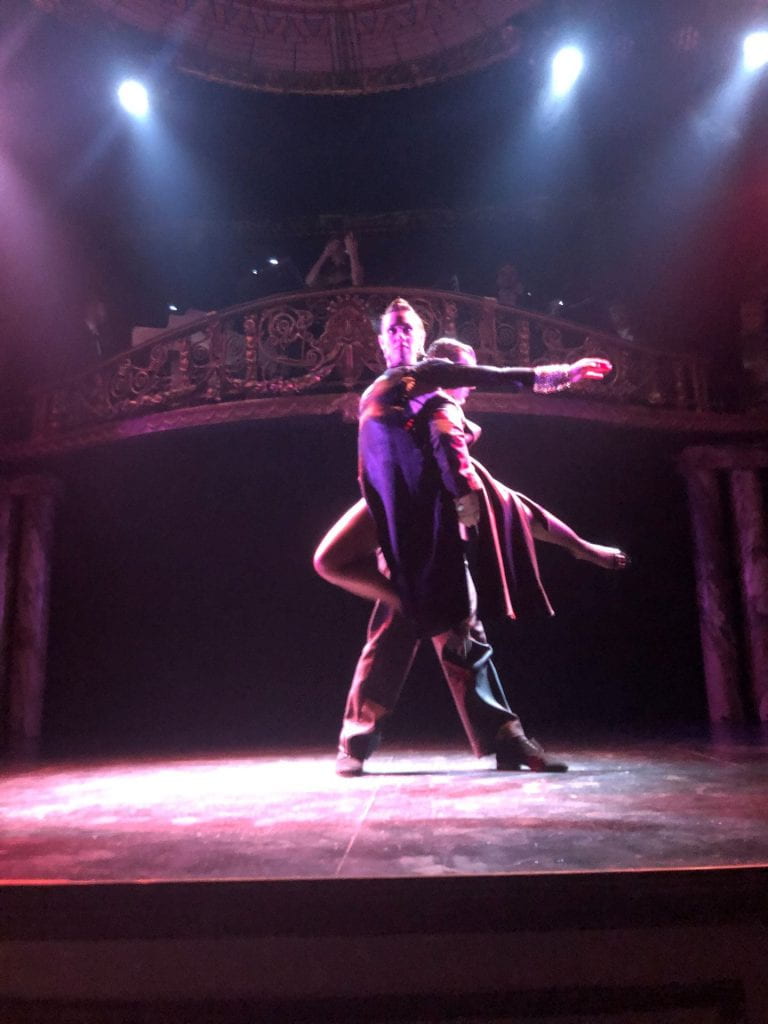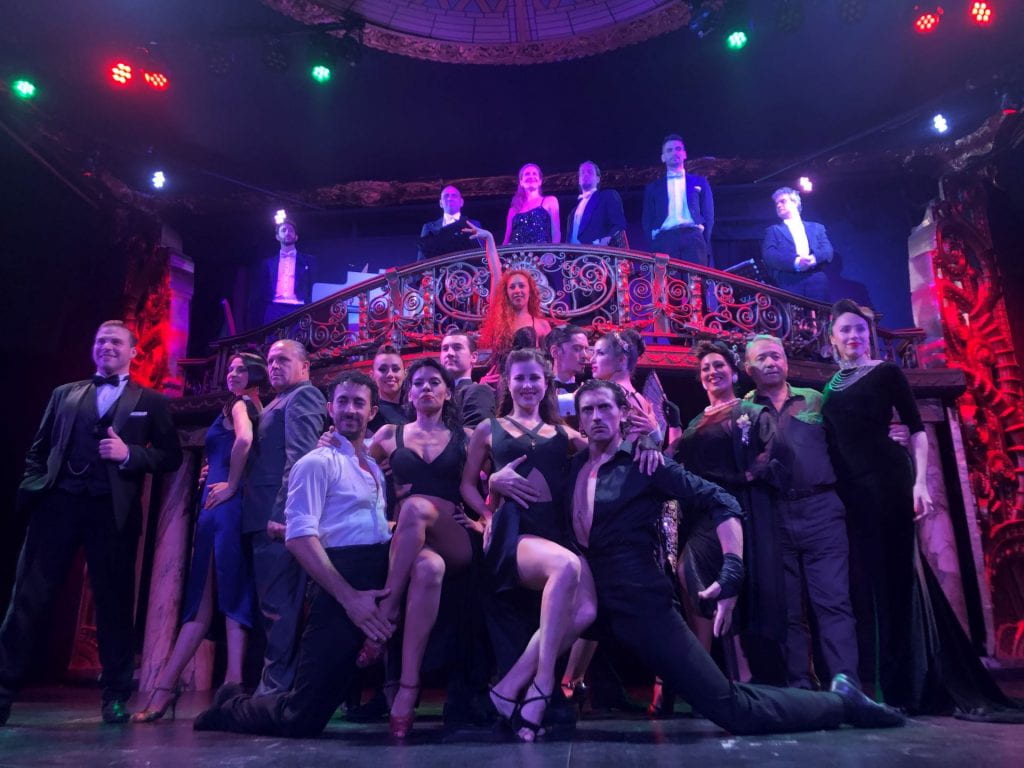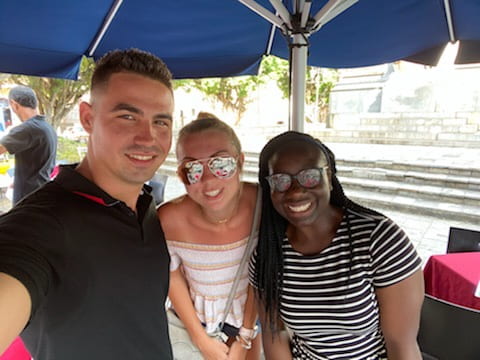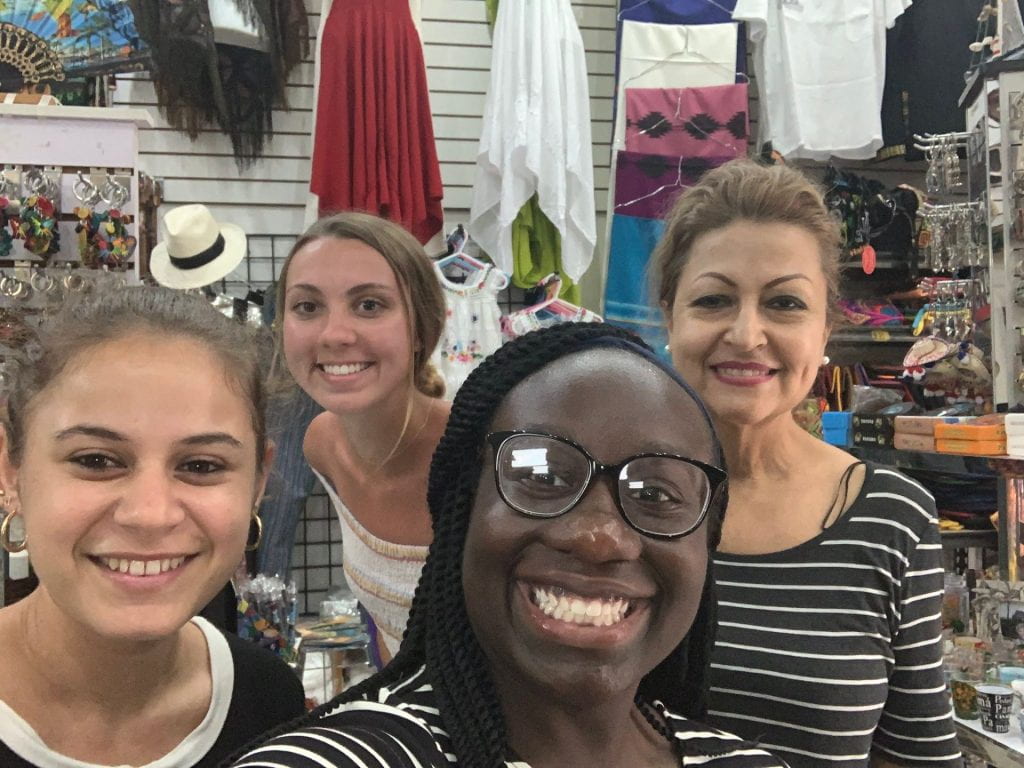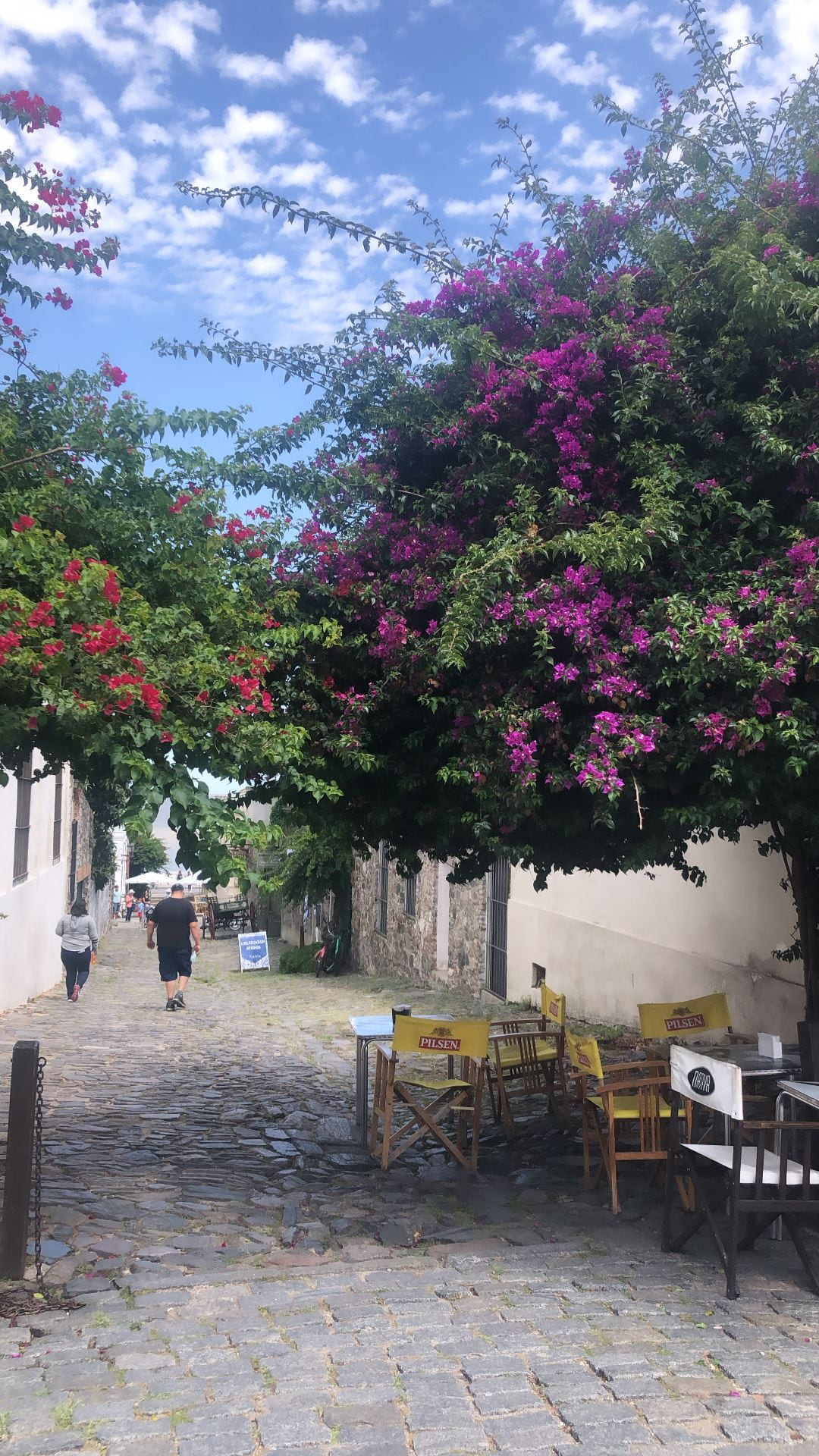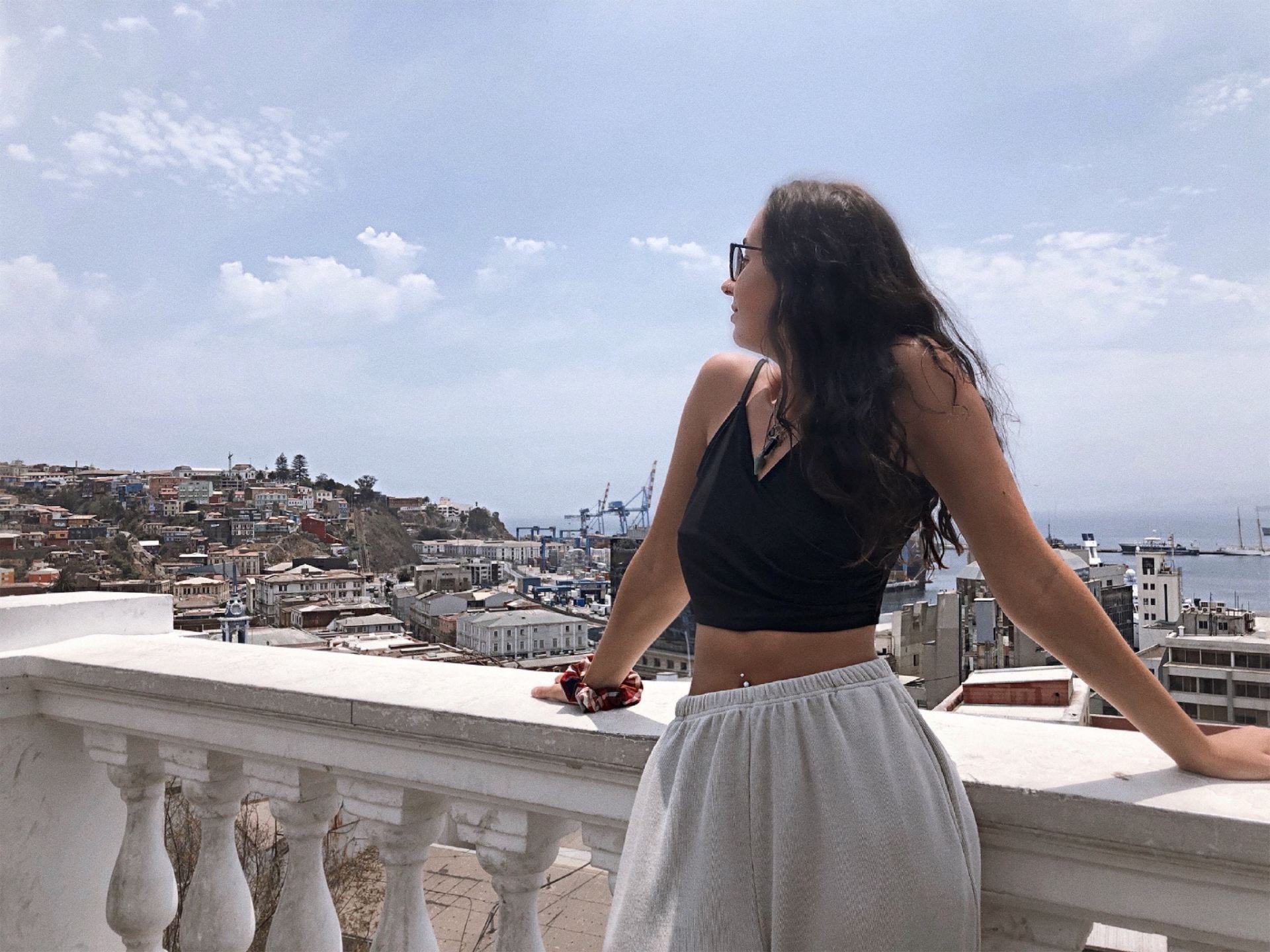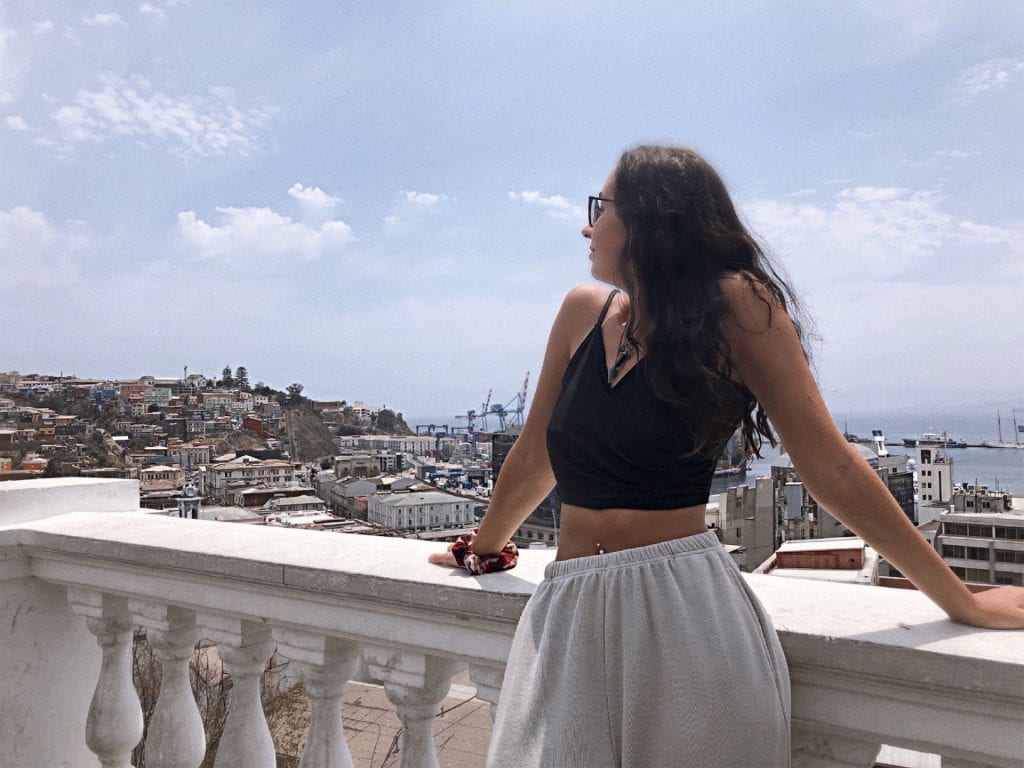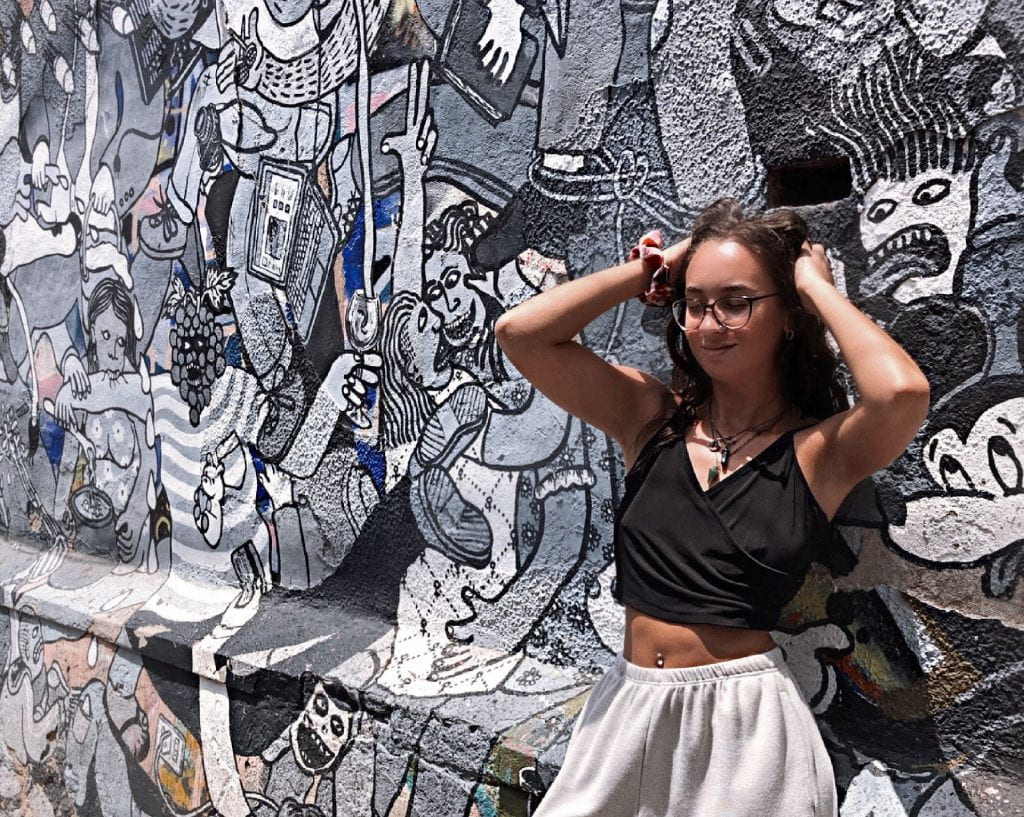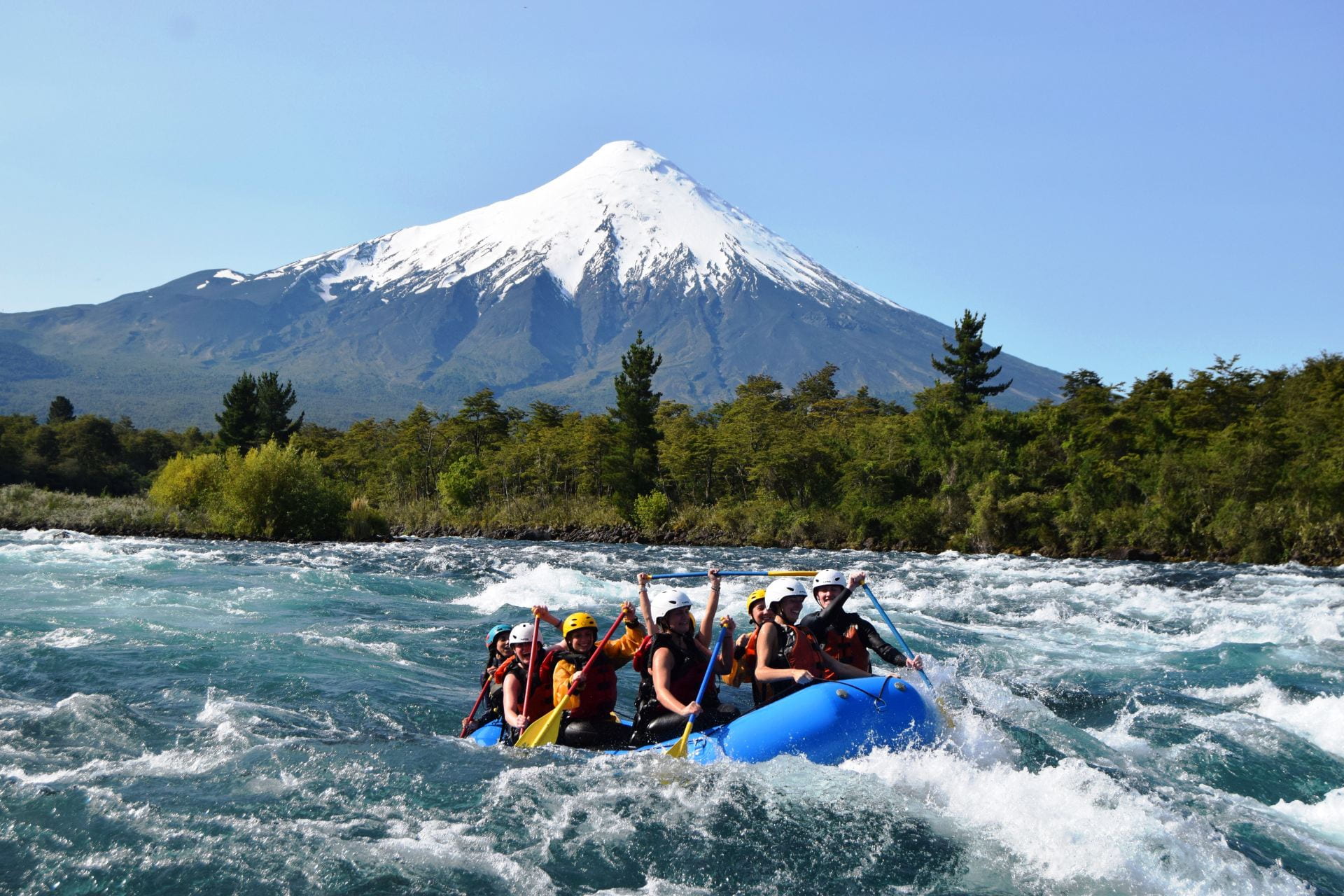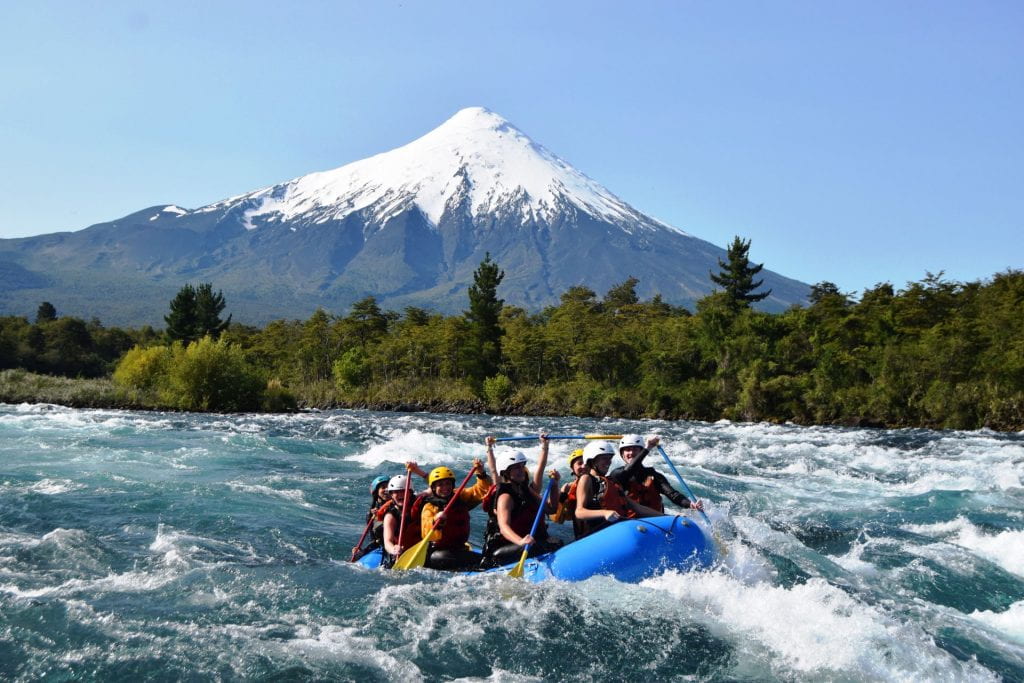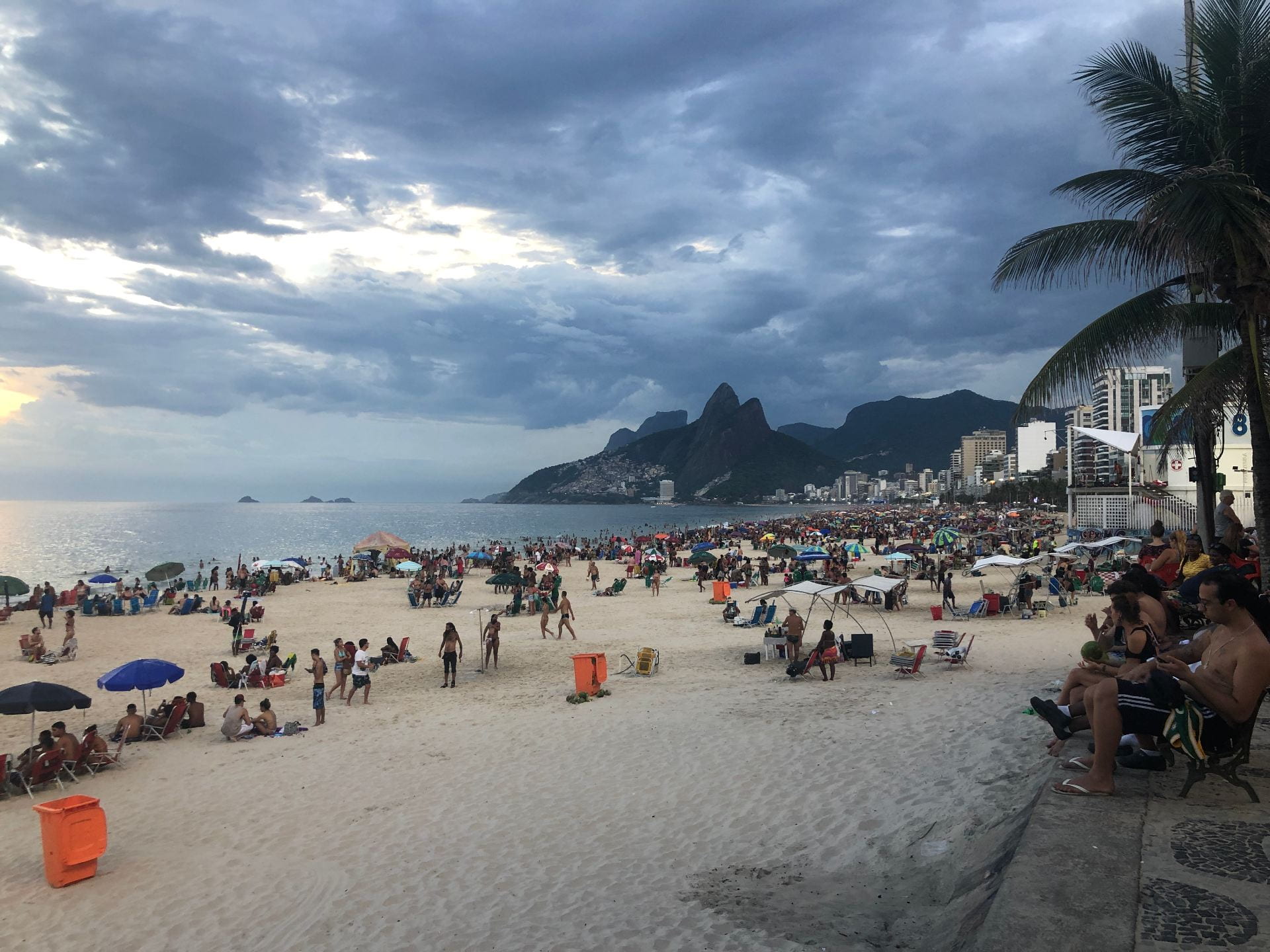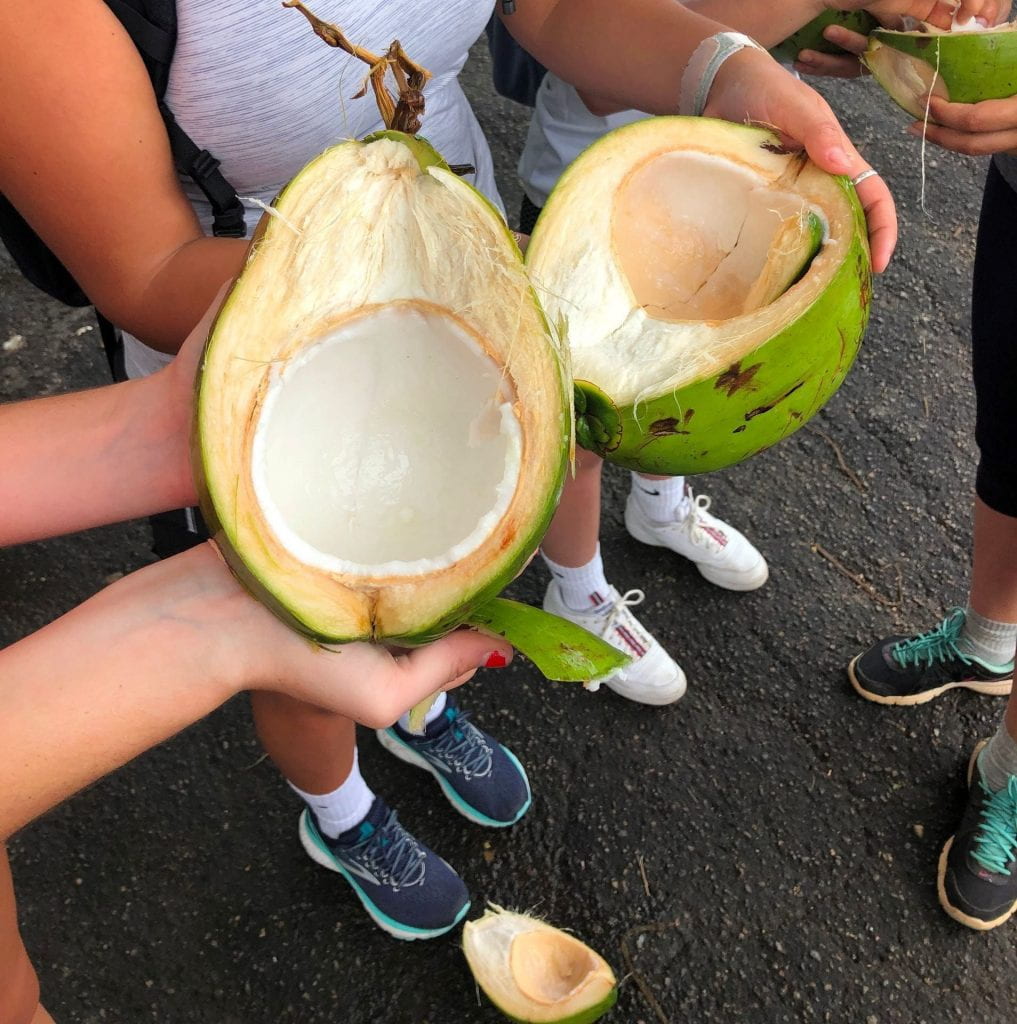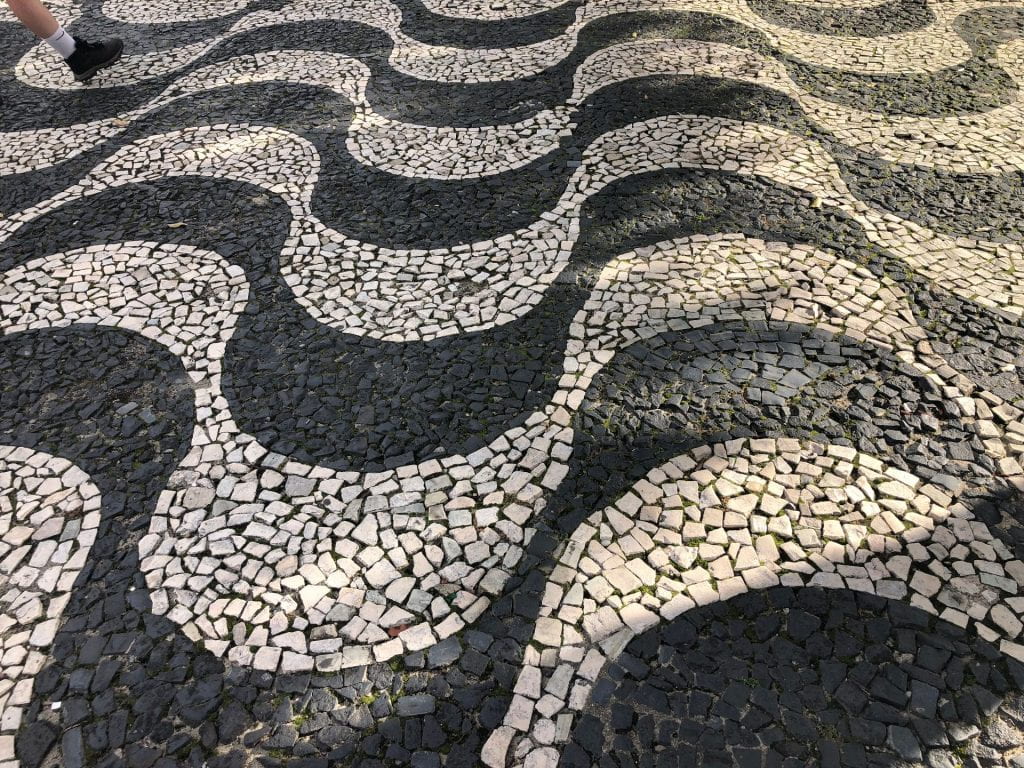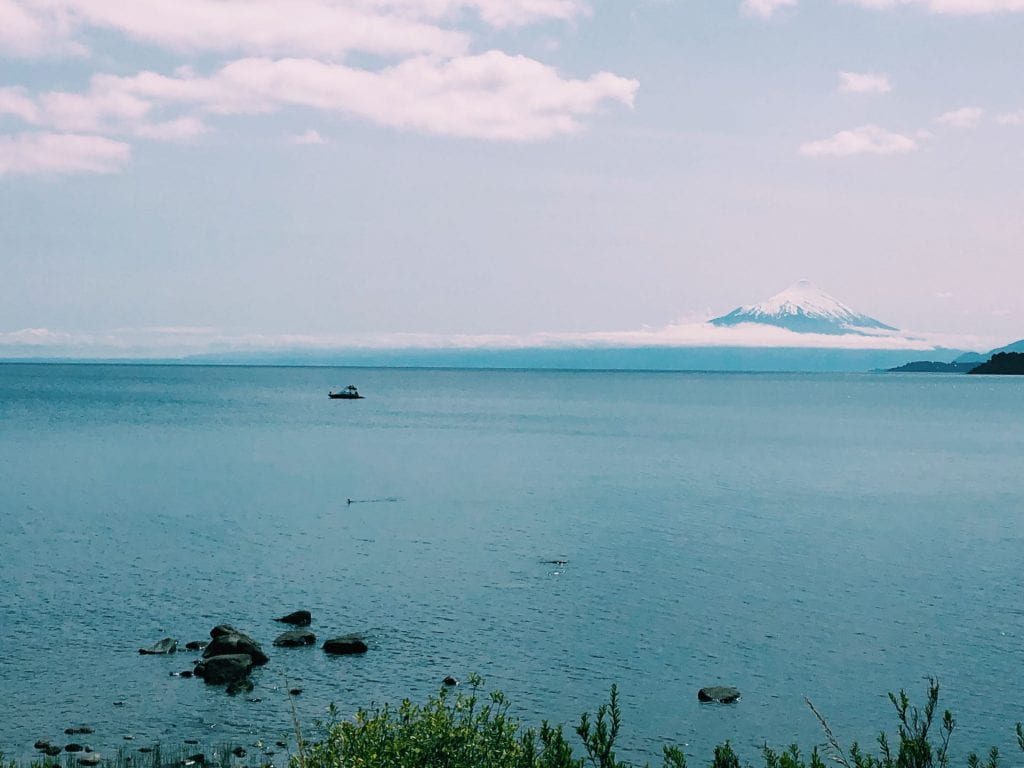
Submitted by Isiah Hiatt on the 2019 winter session program in Costa Rica sponsored by the Department of Languages, Literatures and Cultures…
These week was eventful and exciting. Wednesday, we went to Alajuela, to the Juan Santamaría Museum. Juan Santamaría was a drummer in the Costa Rican army during the Filibuster War. He succeeded in setting fire to the hostel in Rivas that the opposing men were in, but died in the process. This act was a tremendous contribution to the Costa Rican victory at Rivas. Due to his sacrifice, he is a national hero of Costa Rica. Alajuela is very different from Heredia, where I am staying. Alajuela is very calm, quiet, and relaxing. While Heredia is quick-paced, people are always moving, and you feel like you always have to get somewhere.
Later during the week, we went to Monteverde. There we went on a night tour and were able to see some of the nocturnal animals and get a good look at Costa Rica’s diverse animal population. We saw frogs, snakes, toucans, a porcupine that was in a tree, and many more. It was a great experience and it was very interesting to see how the animals acted at night. Personally, I think my comprehension skills are increasing. I am able to understand most things people are saying if they speak at a reasonable pace. I have also noticed that some things I don’t have to translate to English anymore, which is interesting. By this I mean when someone says something in Spanish, I don’t even translate what they are saying in English while they are talking. Which shows that my comprehension is improving. I highly recommend a study abroad program to anyone who is interested in taking their language skills to the next level.
